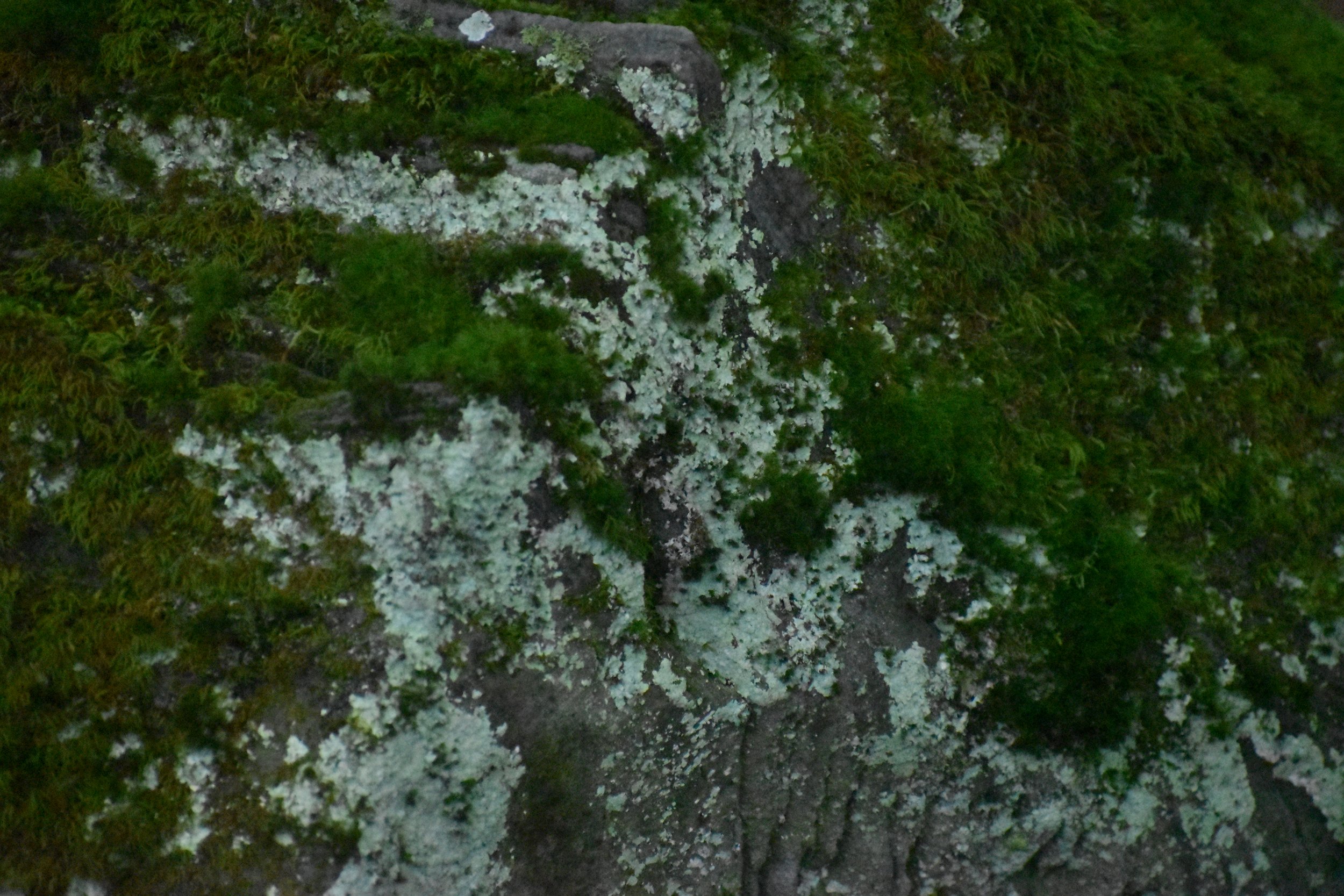
The Conservation Plan
CLC gratefully acknowledges the stakeholders, named below, who devoted their time and energy to this plan over the course of a year of unusual challenges. We extend our thanks to Ingrid Haeckel and Nate Nardi-Cyrus at the Hudson River Estuary Program for their participation and thoughtful guidance throughout the project. We are grateful to Karen Strong, Strong Outcomes, LLC and Larissa Read, Common Ground Consulting, LLC who developed and led a planning process inspired by the idea that the process is as important as the resulting plan.
Stakeholder committee
Town of Claverack: John Bradley and Katy Flammia
Town of Copake: Cara Boyle, Mary Ann Carrick, Tom Feeney
Town of Hillsdale: David Lewis
Town of Taghkanic: Larry Kadish, Tony LaSalvia
Other stakeholders: Etienne Bissonette, Kenny Preusser
Dylan Meyer of Hudson participated in early stakeholder meetings.
Click here to view a PDF of the full plan.